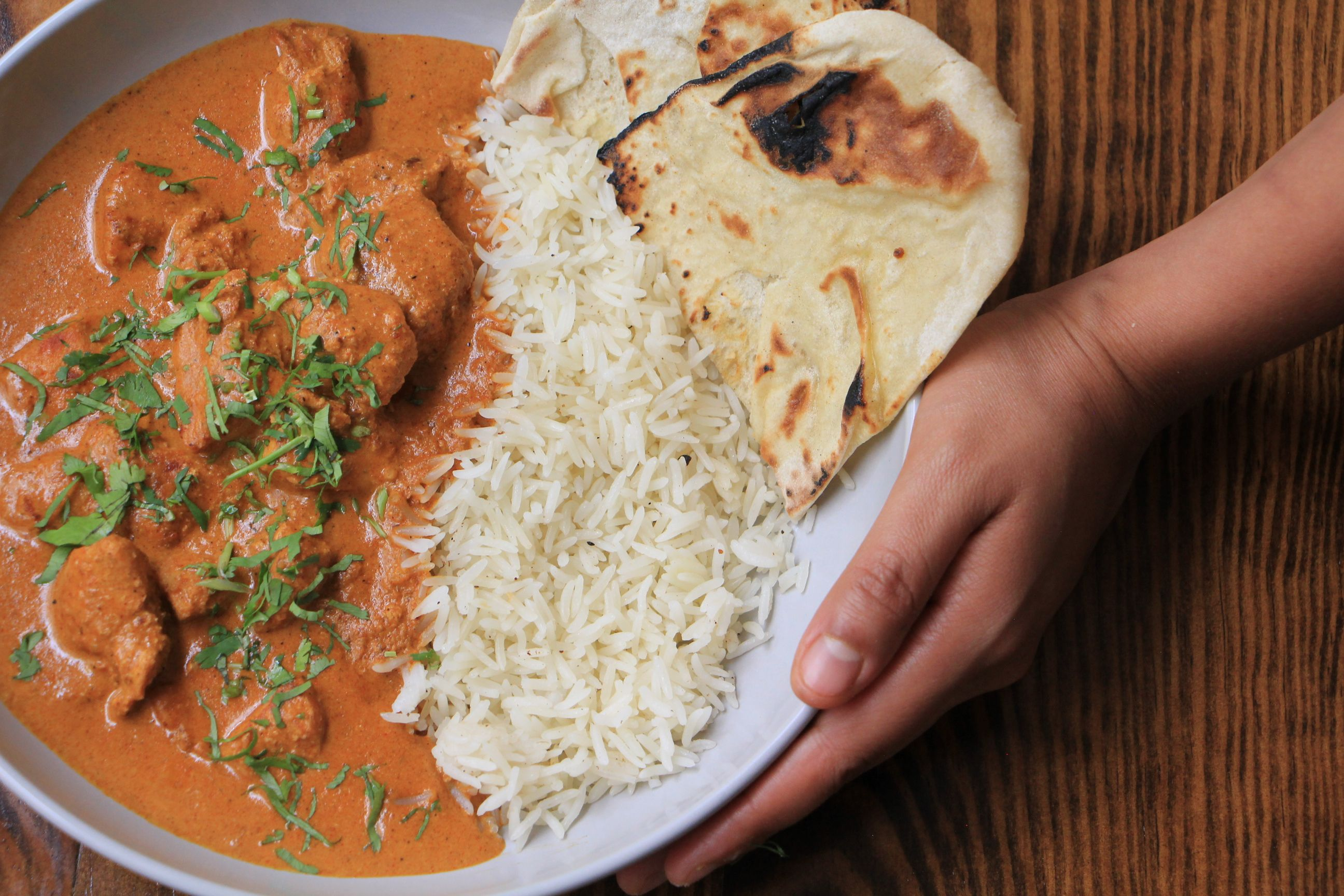1. Indian cuisine is all about oils and fats
It is true that most Indian foods contain oil, but traditionally, it’s cooked with aromatic oils such as mustard oil, peanut oil, coconut oil and peanut oil. These oils are rich in vitamins, proteins and antioxidants and are more nutritious providing maximum energy than standard vegetable or canola cooking oil, also helping to digest fat-soluble vitamins. These seed oils provide a balanced amount of saturated fatty acids, monounsaturated fatty acids, polyunsaturated and essential fatty acids, with many other natural nutrients.
2. Indian food is really hot and spicy
A typical Indian dish is made from at least 2 to 20 types of spices. The quantity and type of spices used vary regionally and according to the taste of the person cooking the food and, of course, the people eating them. Did you know that consuming spicy foods six or seven days a week can reduce mortality by 14%? It increases the rate of your body’s metabolism tenfold, even at rest.
If we consider specific spices, turmeric is found to suppress fatty tissue growth. Curcumin, a compound in turmeric, can also reduce inflammation, which helps your immune system to function properly. Indian food also contains other ingredients such as ginger and garlic that serves the same purpose as well as boosting immunity and aiding in digestion. These have been used for centuries for arthritis, autoimmune diseases, and even headaches and nausea as well.
3. Indian food is heavy
Indian food is relatively healthy as the ingredients are usually plant-based. Most of the ingredients used in a typical Indian household are fresh seasonal produce. You will find plenty of vegetarian options such as okra bhajis, samosas, and dal. Cheese and yogurt are important in some vegetarian dishes, such as saag paneer and naan. These dairy products, such as yogurt, milk and cheese, are rich in calcium.
Traditional Indian food is based on the concept of Ayurveda. Ayurvedic food has a balance of 5 main





